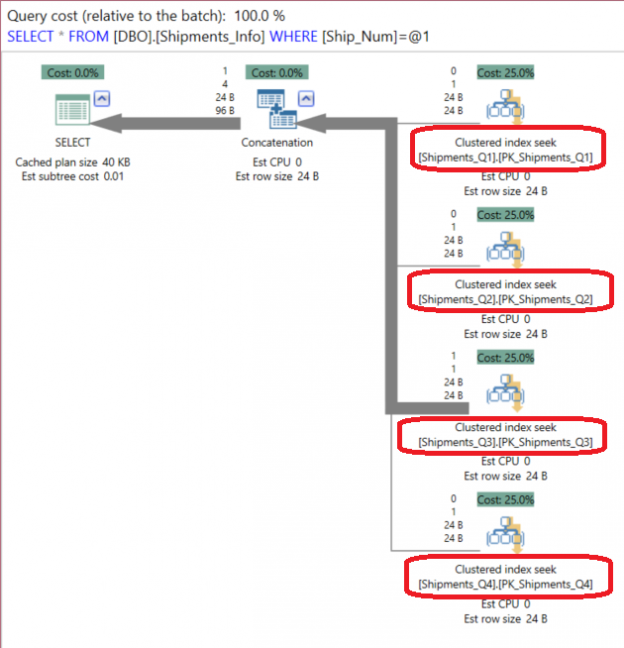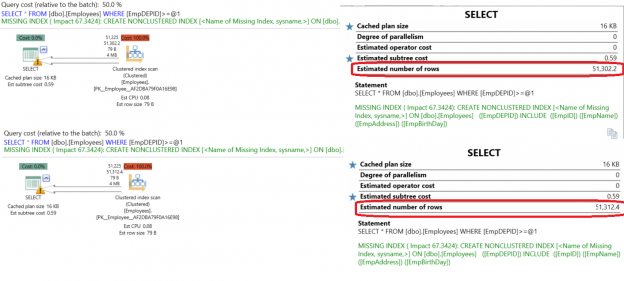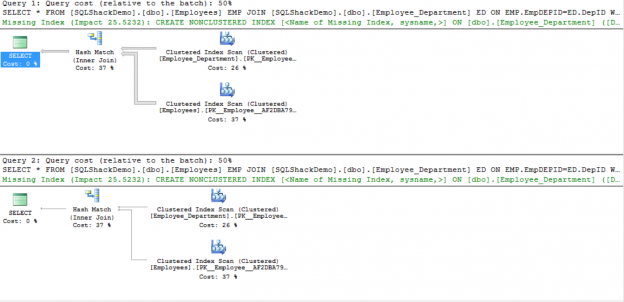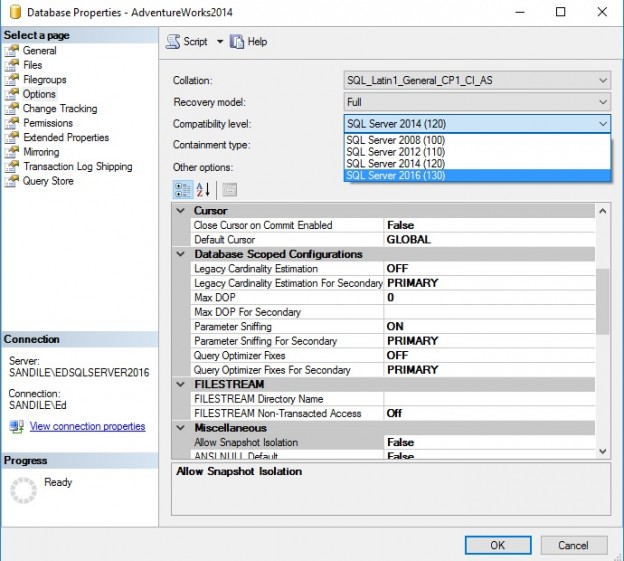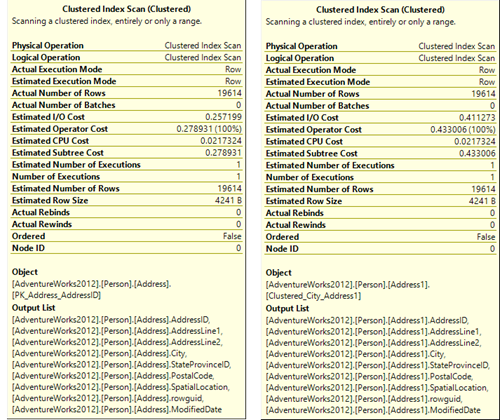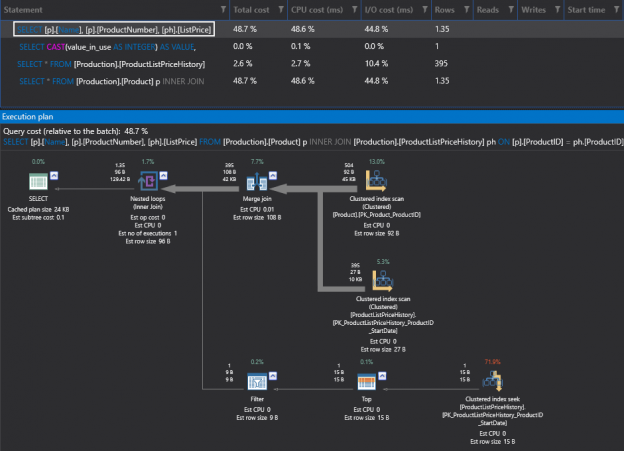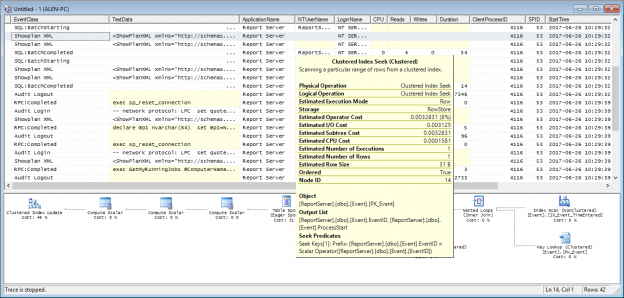SQL Server table partitioning is a great feature that can be used to split large tables into multiple smaller tables, transparently. It allows you to store your data in many filegroups and keep the database files in different disk drives, with the ability to move the data in and out the partitioned tables easily. A common example for tables partitioning is archiving old data to slow disk drives and use the fast ones to store the frequently accessed data. Table partitioning improves query performance by excluding the partitions that are not needed in the result set. But table partitioning is available only in the Enterprise SQL Server Edition, which is not easy to upgrade to for most of small and medium companies due to its expensive license cost.
Read more »
